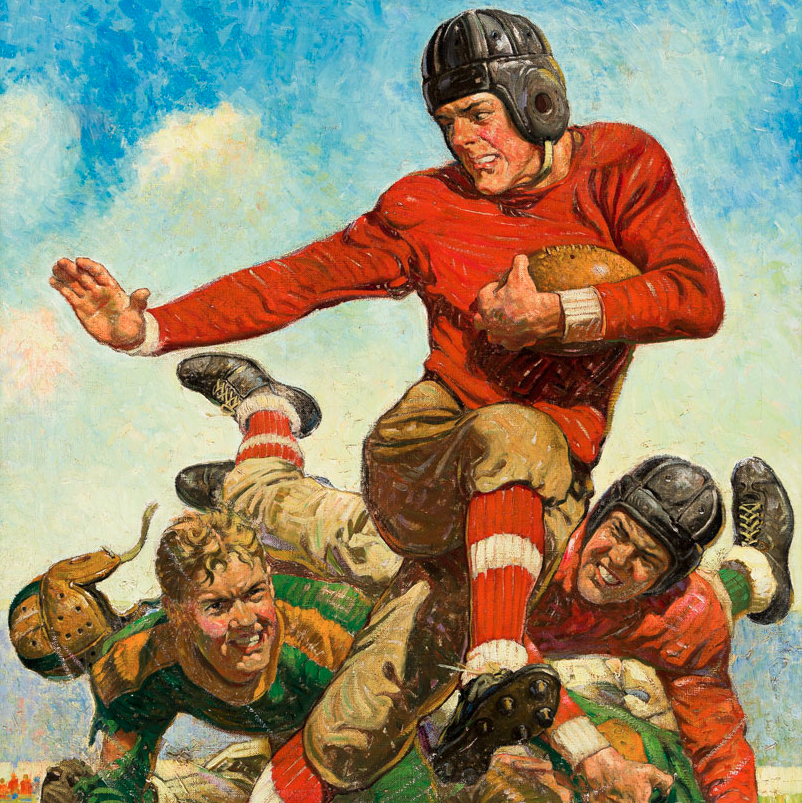
Specialist

Exhibition Hours
By Appointment Only
Sale 2556 | Lot 33
Additional images and condition
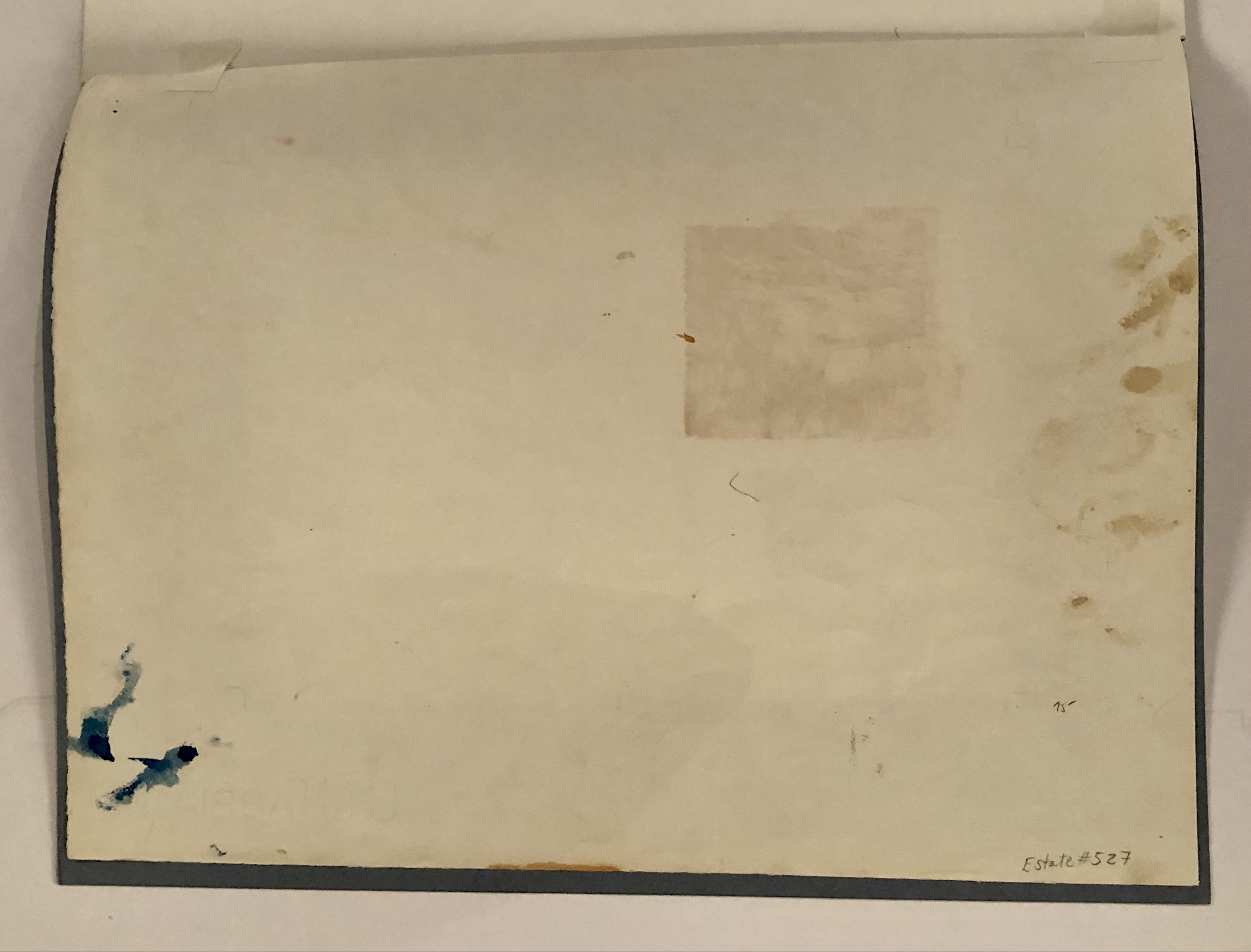
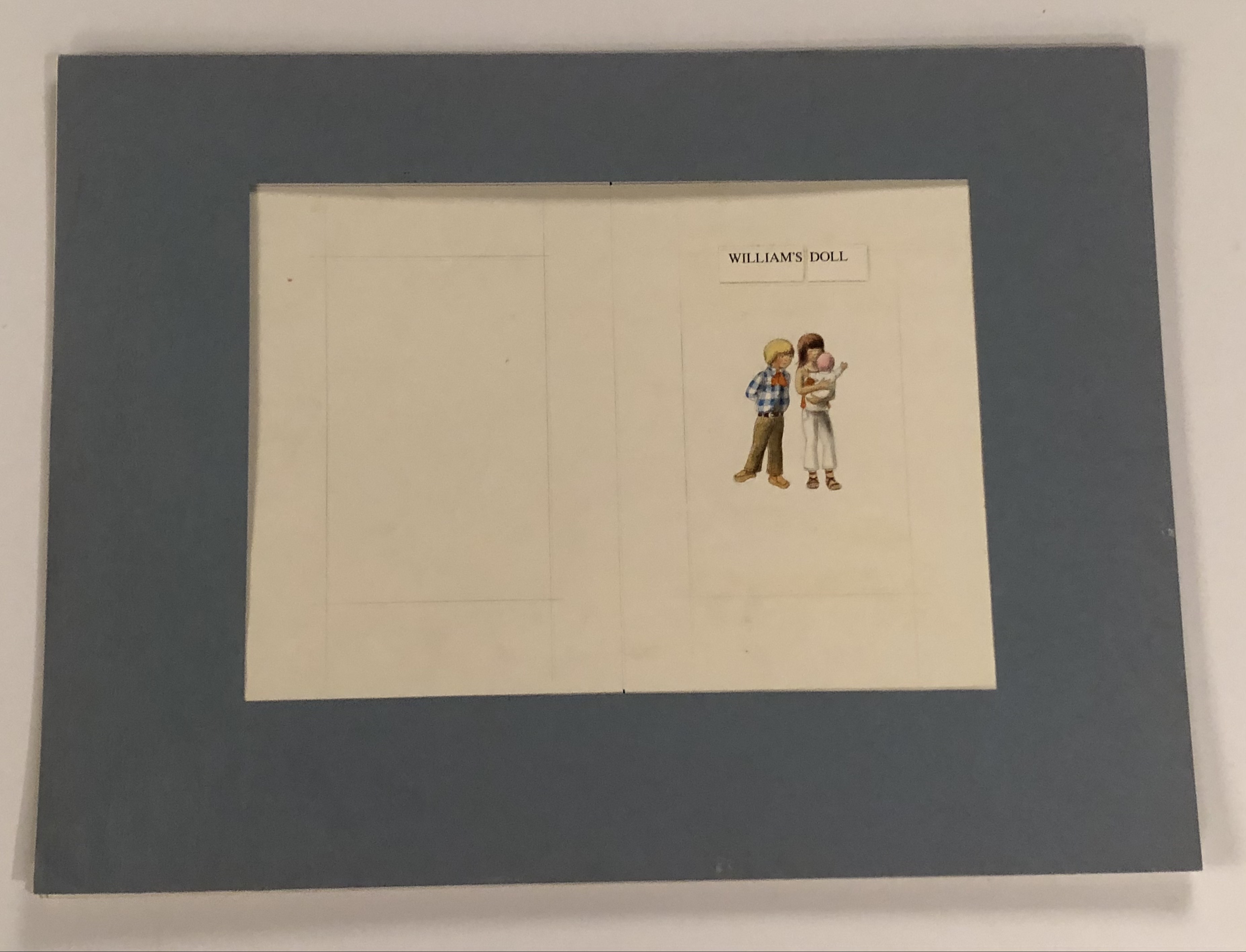
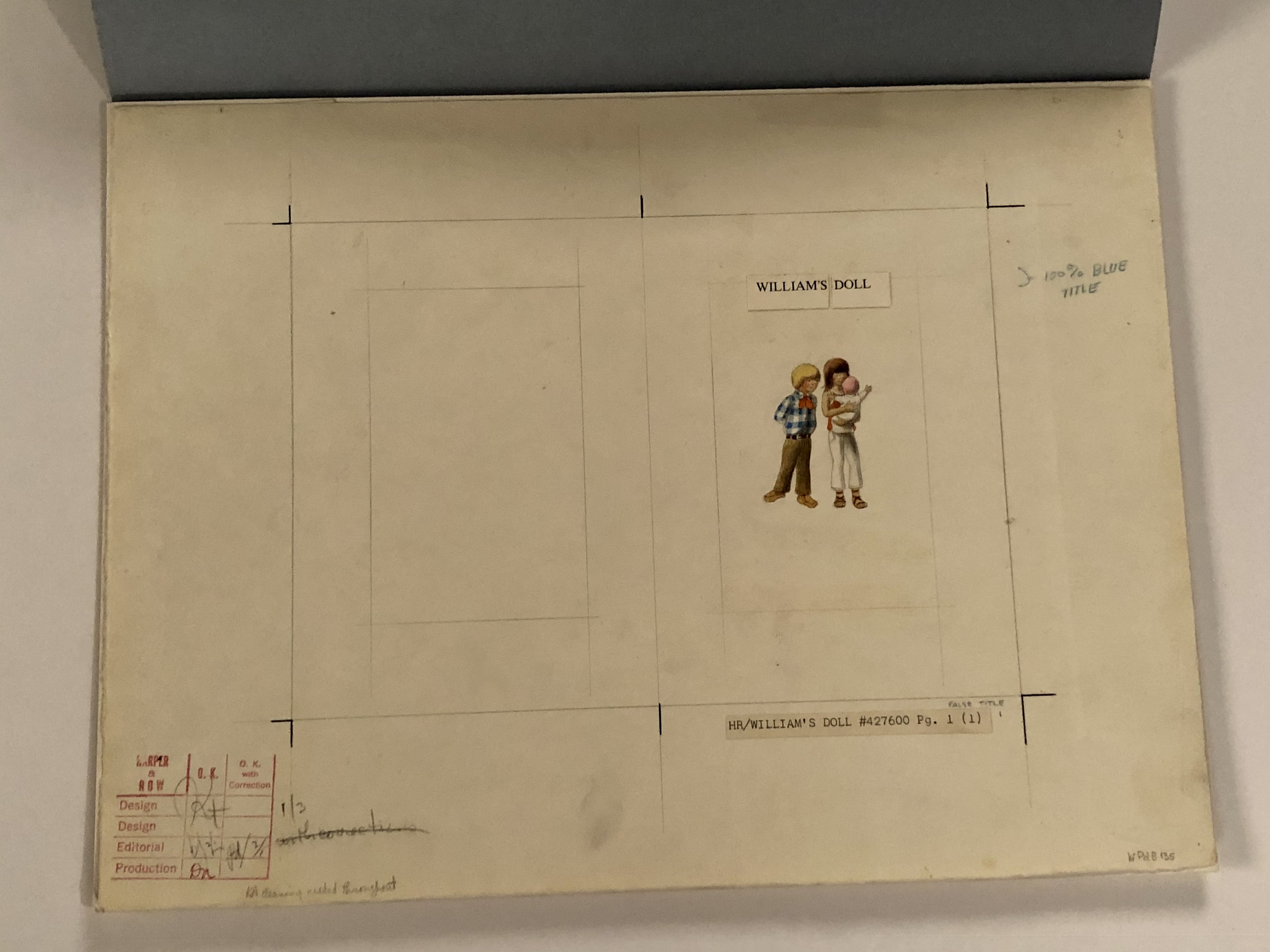
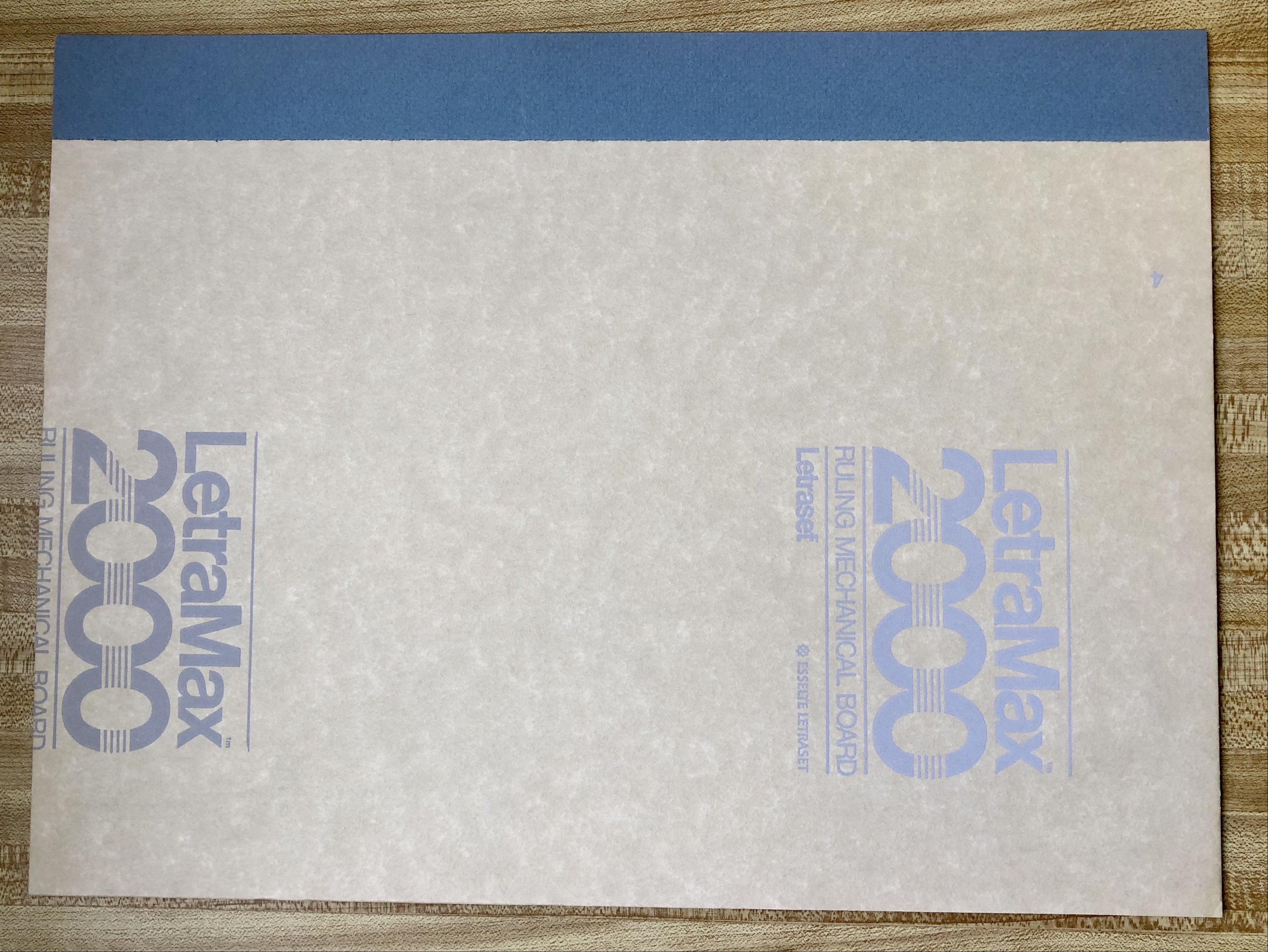
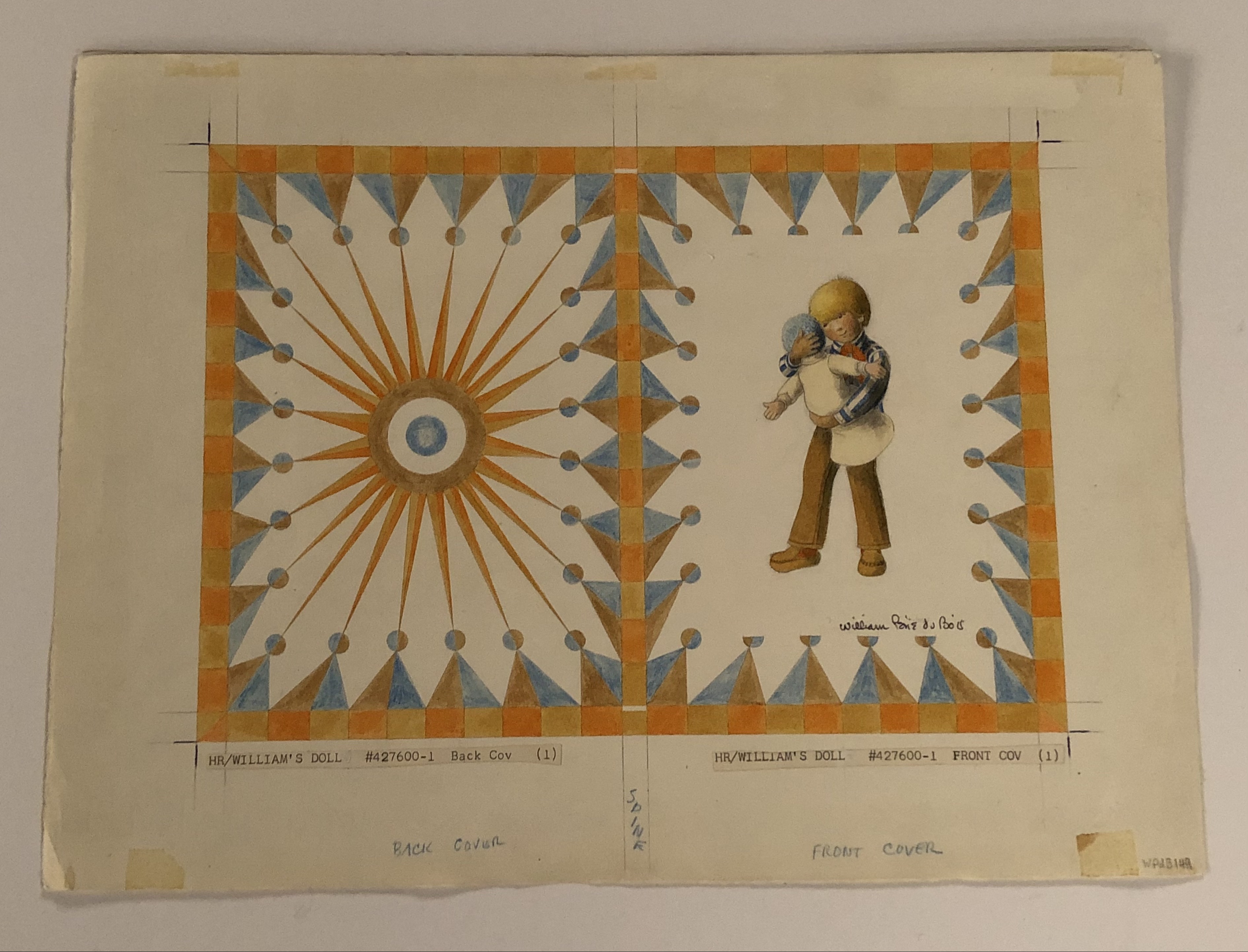
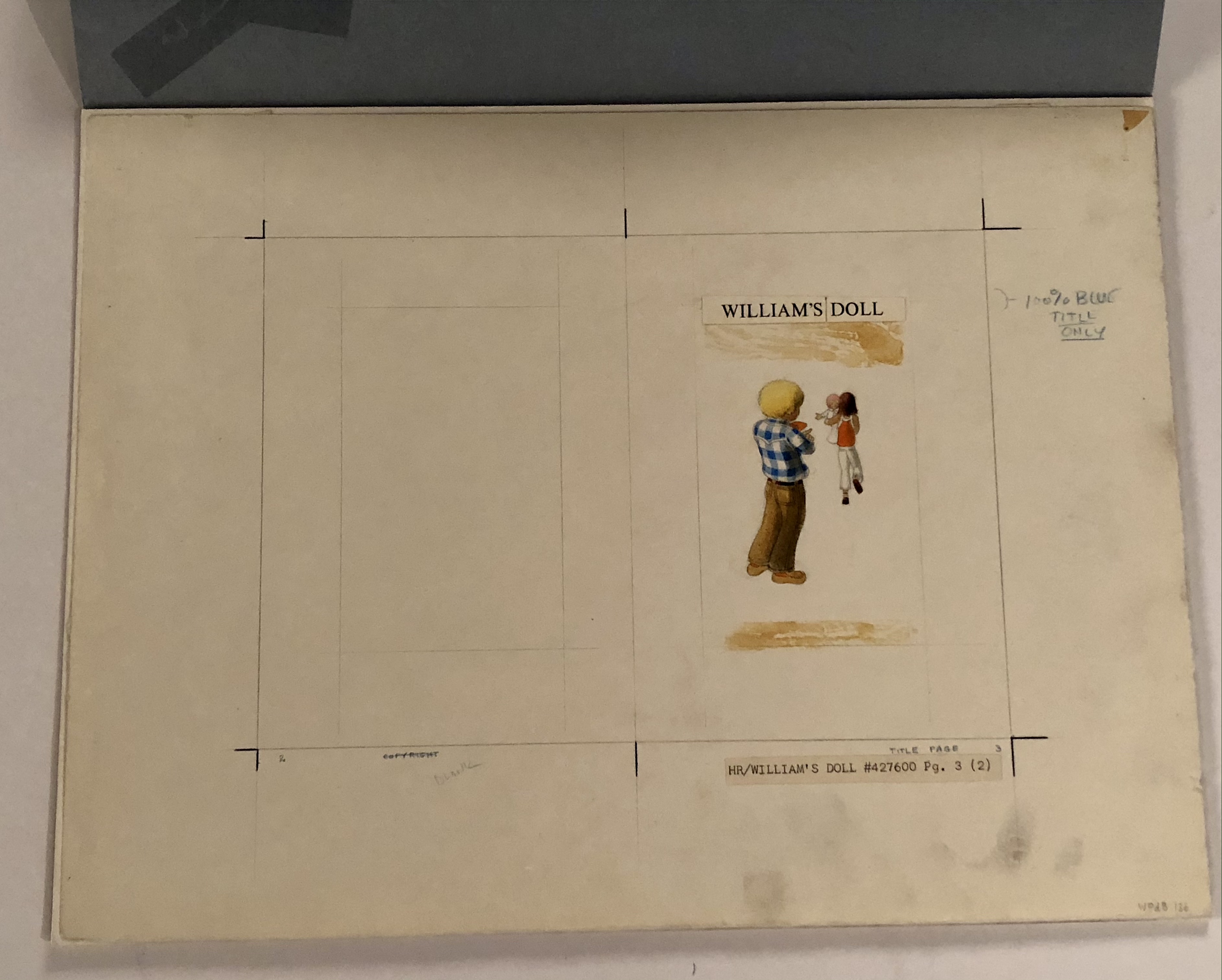
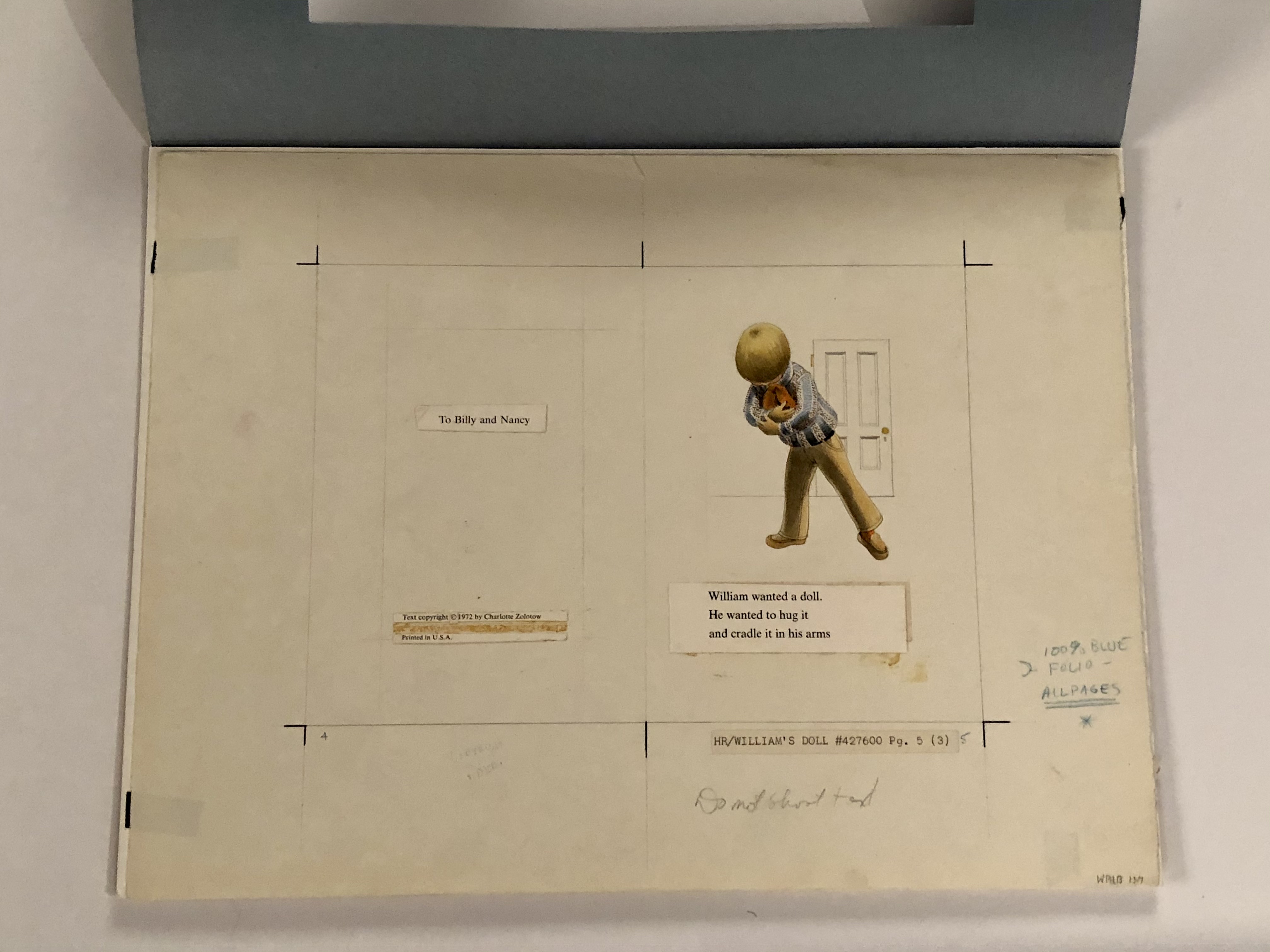
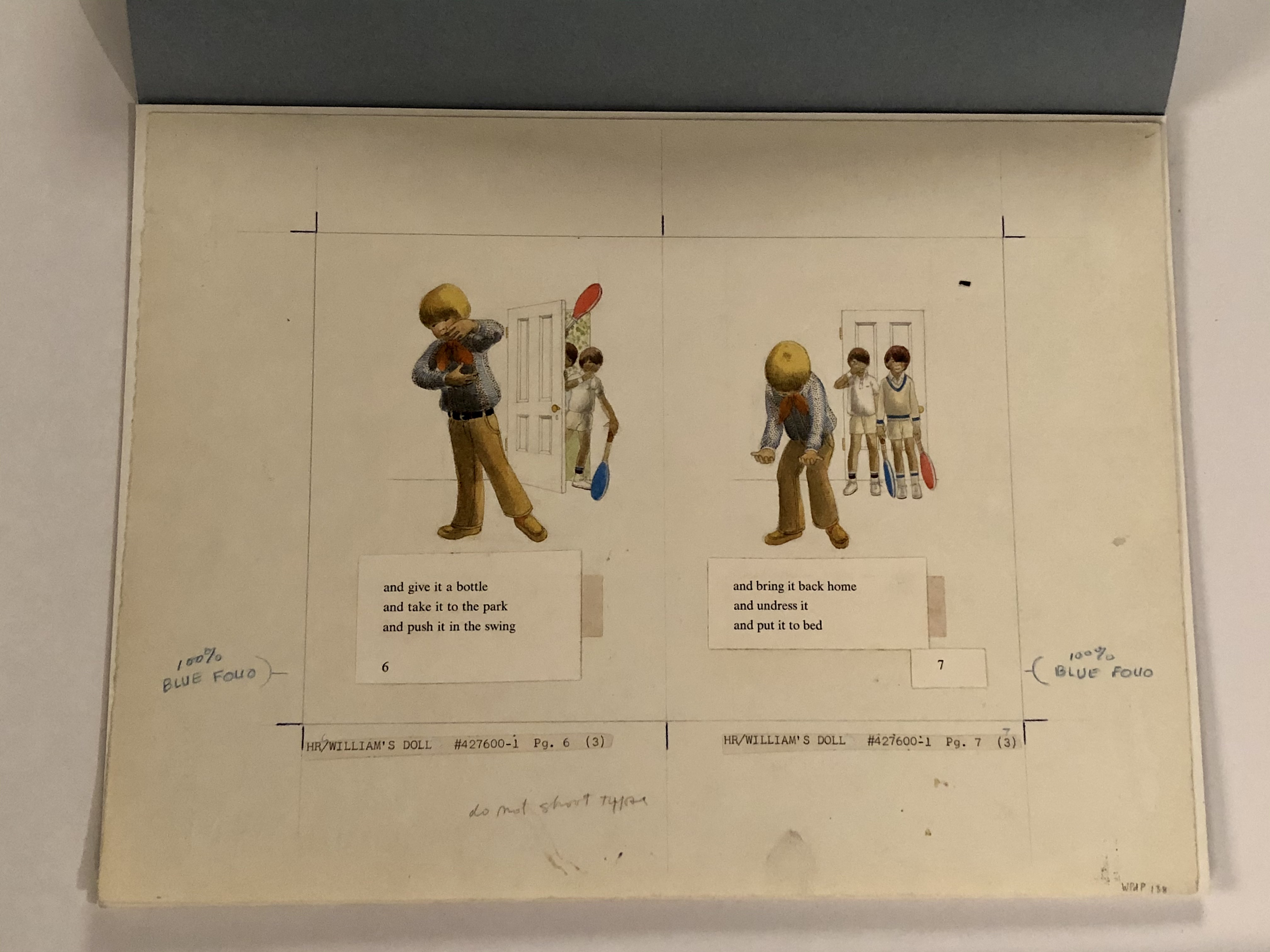
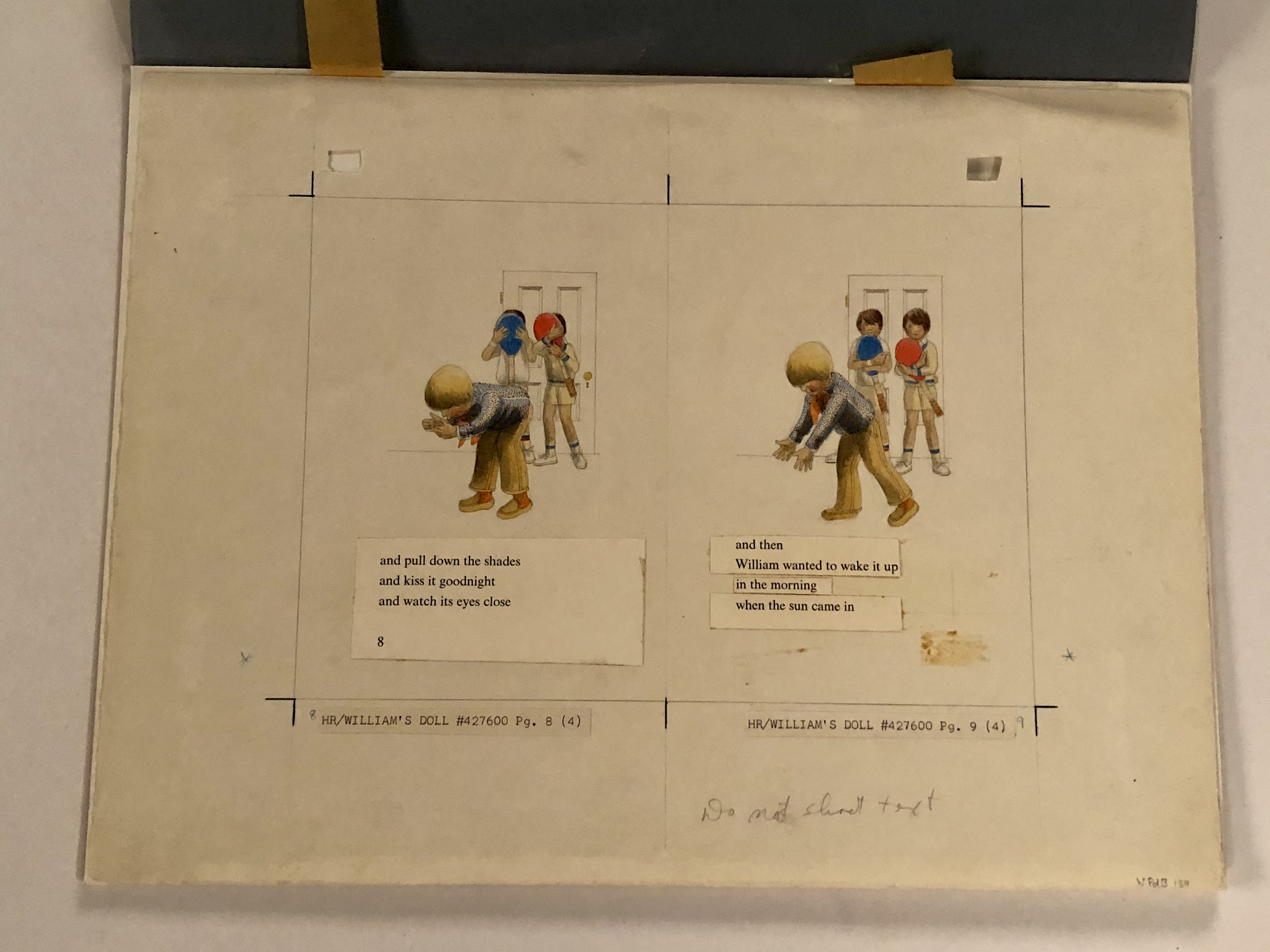
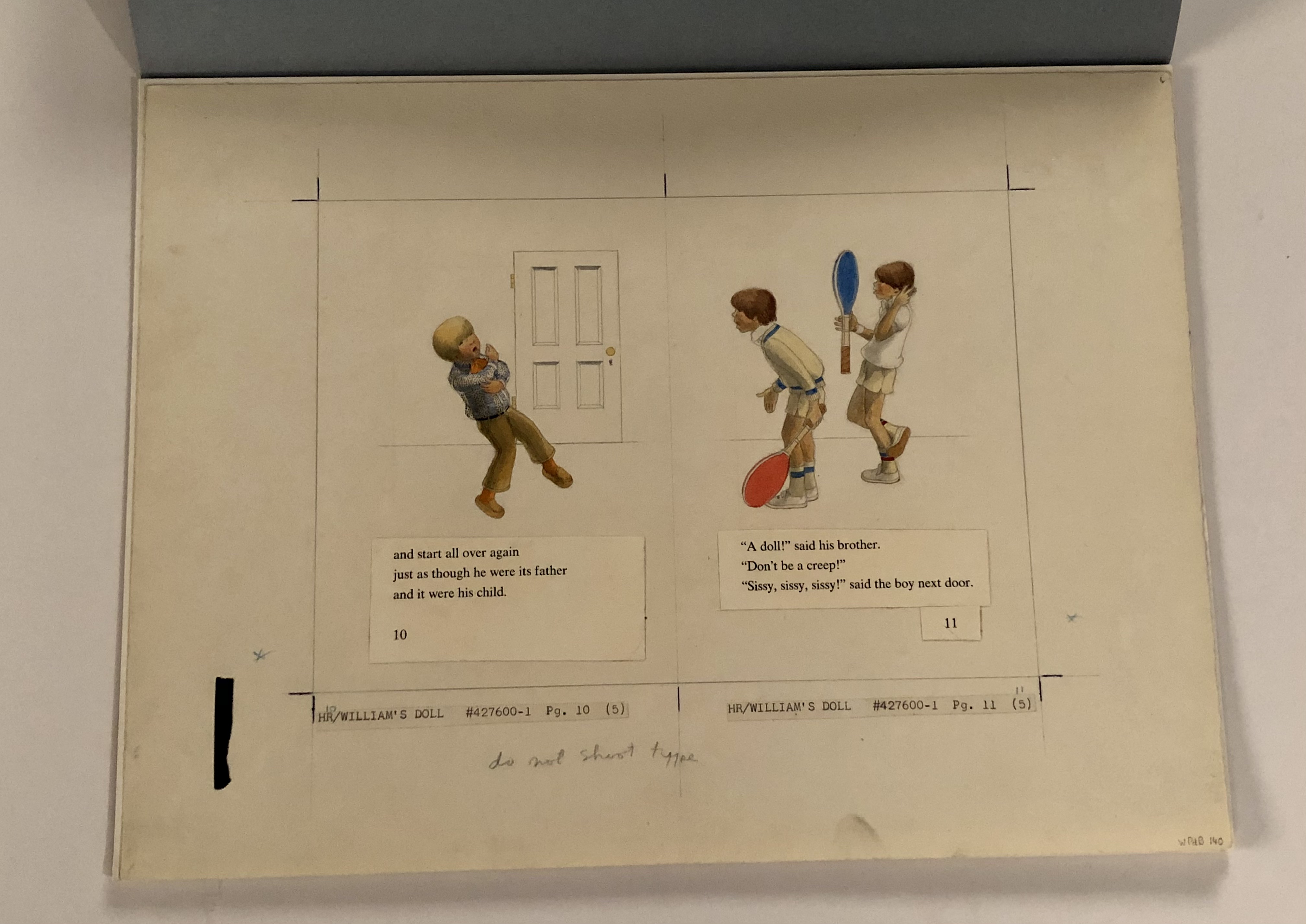
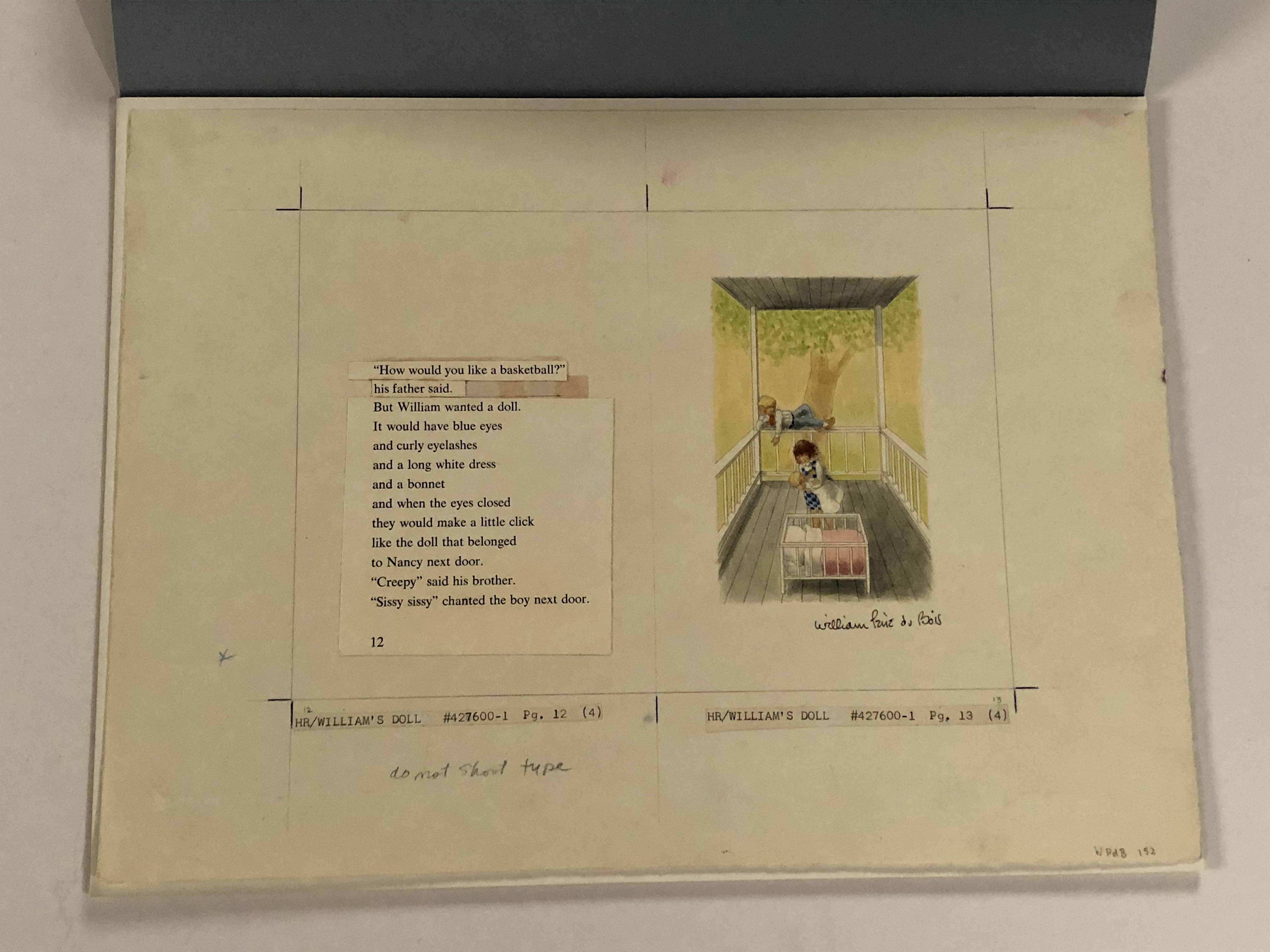
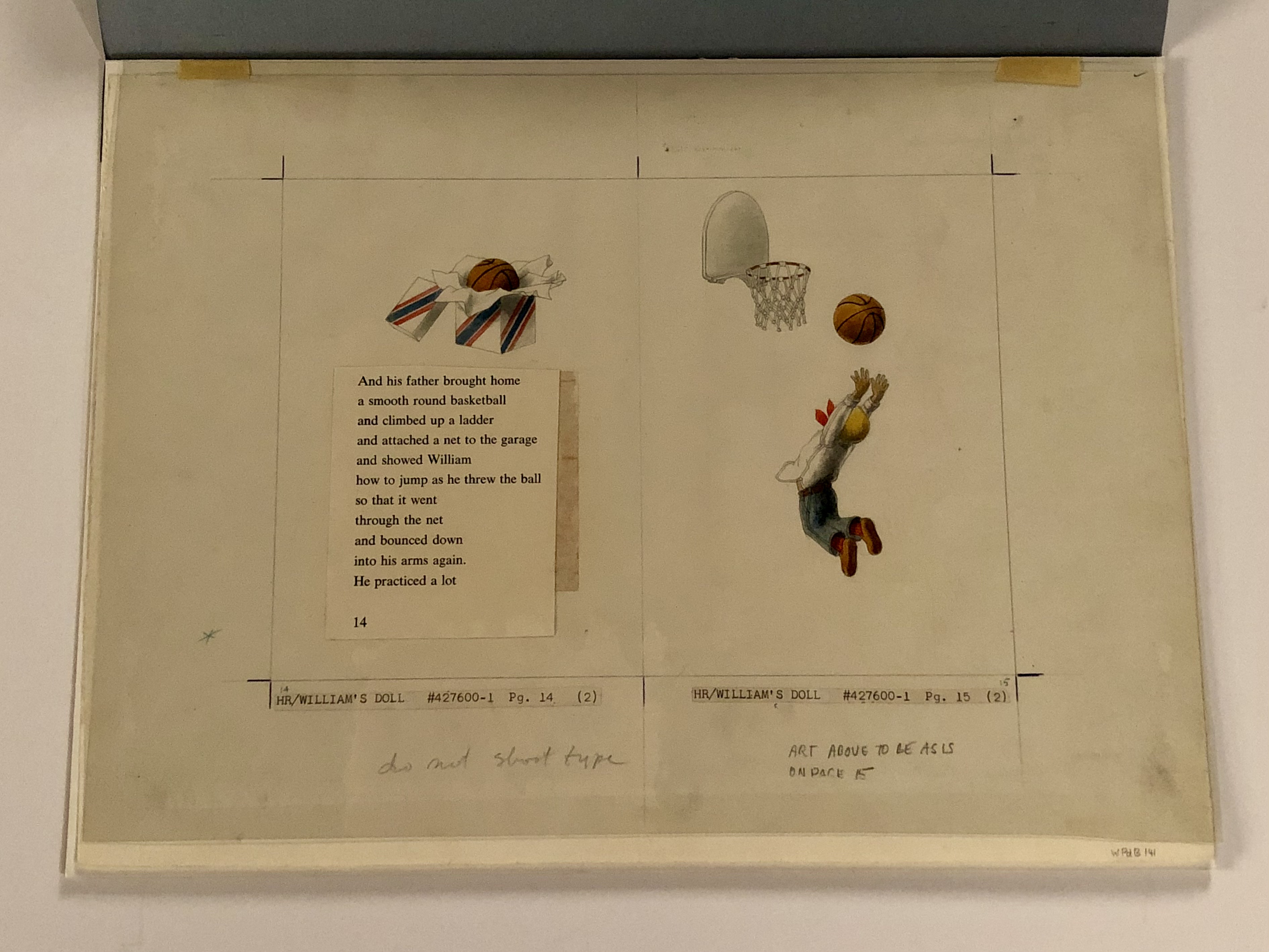
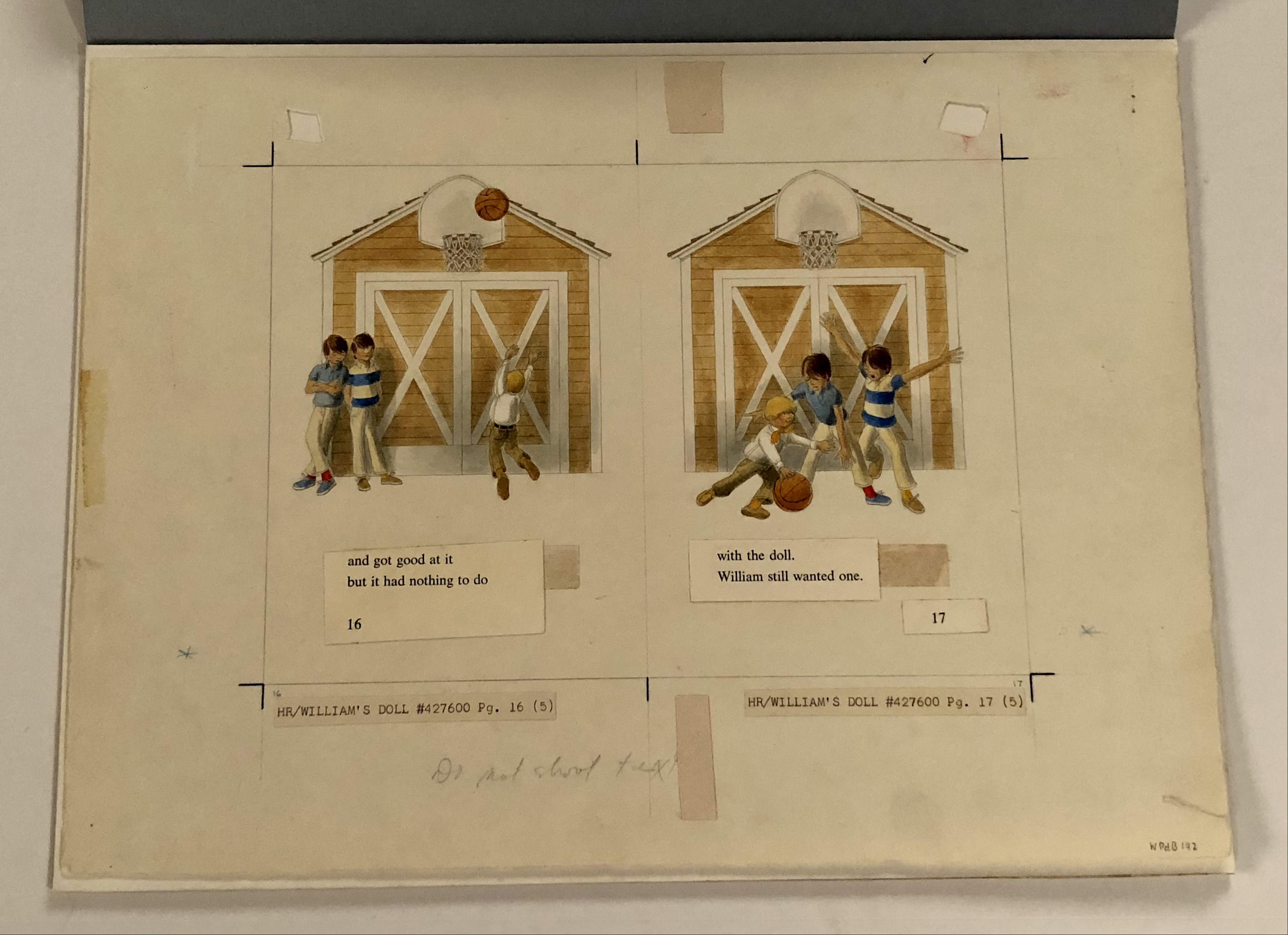
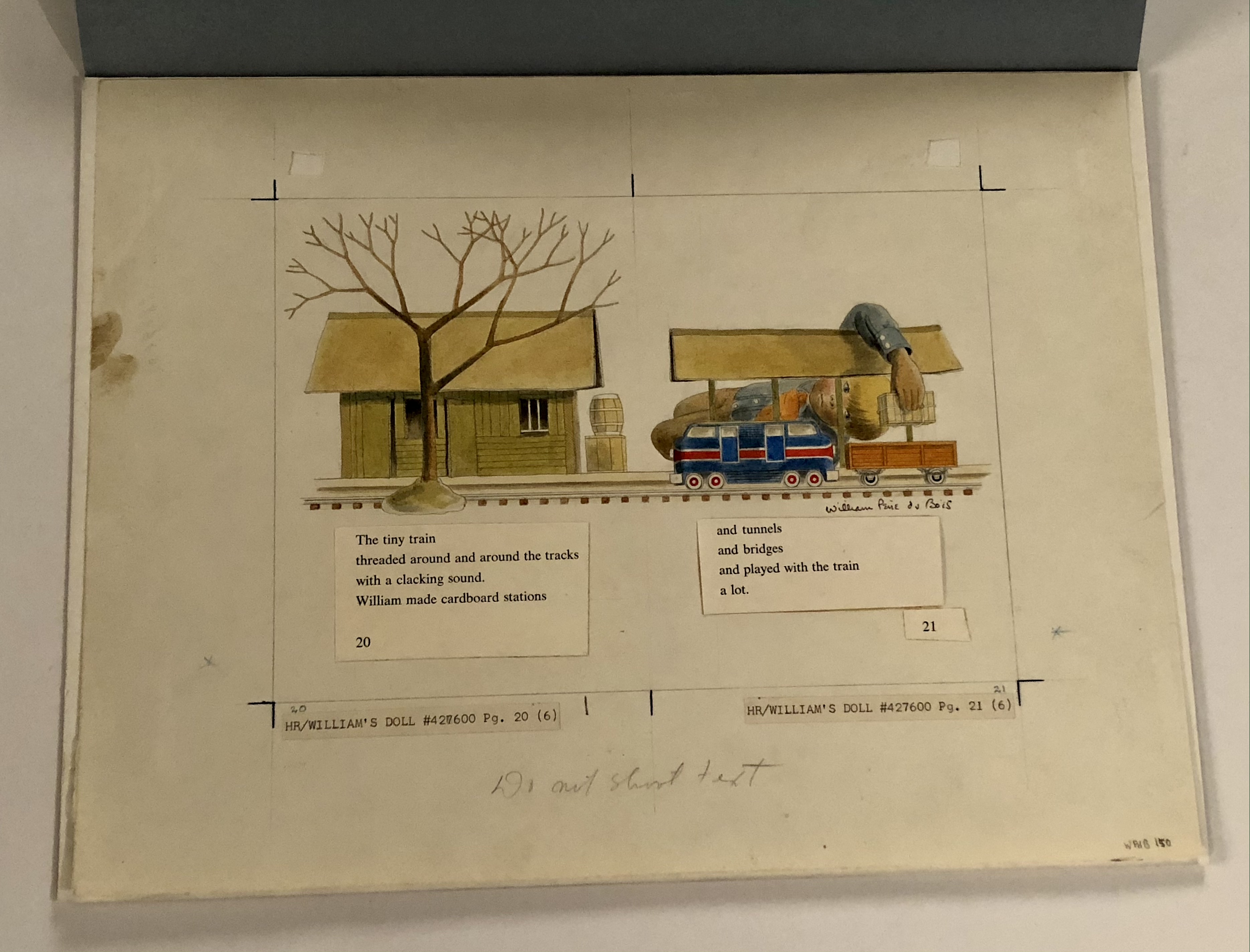
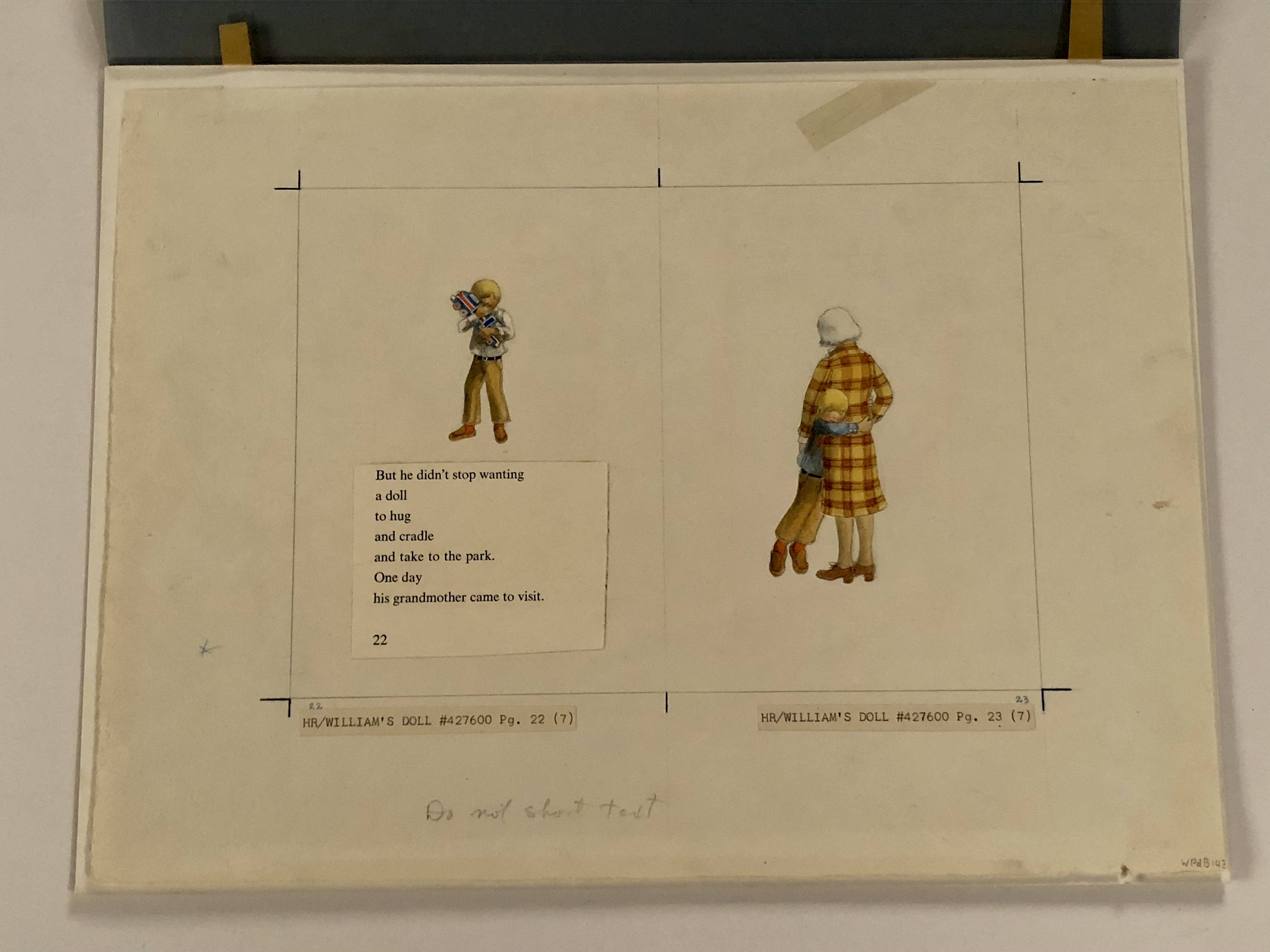
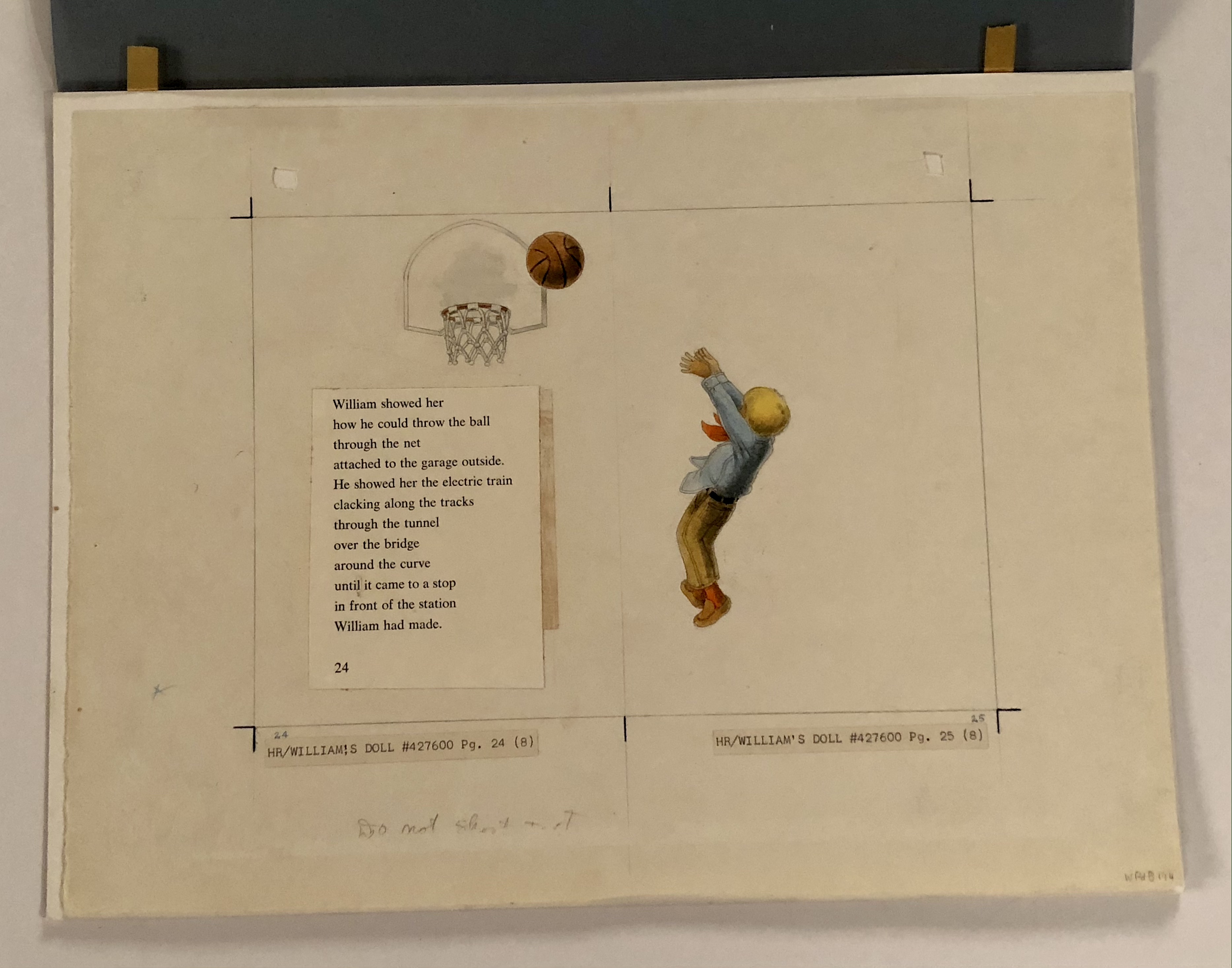
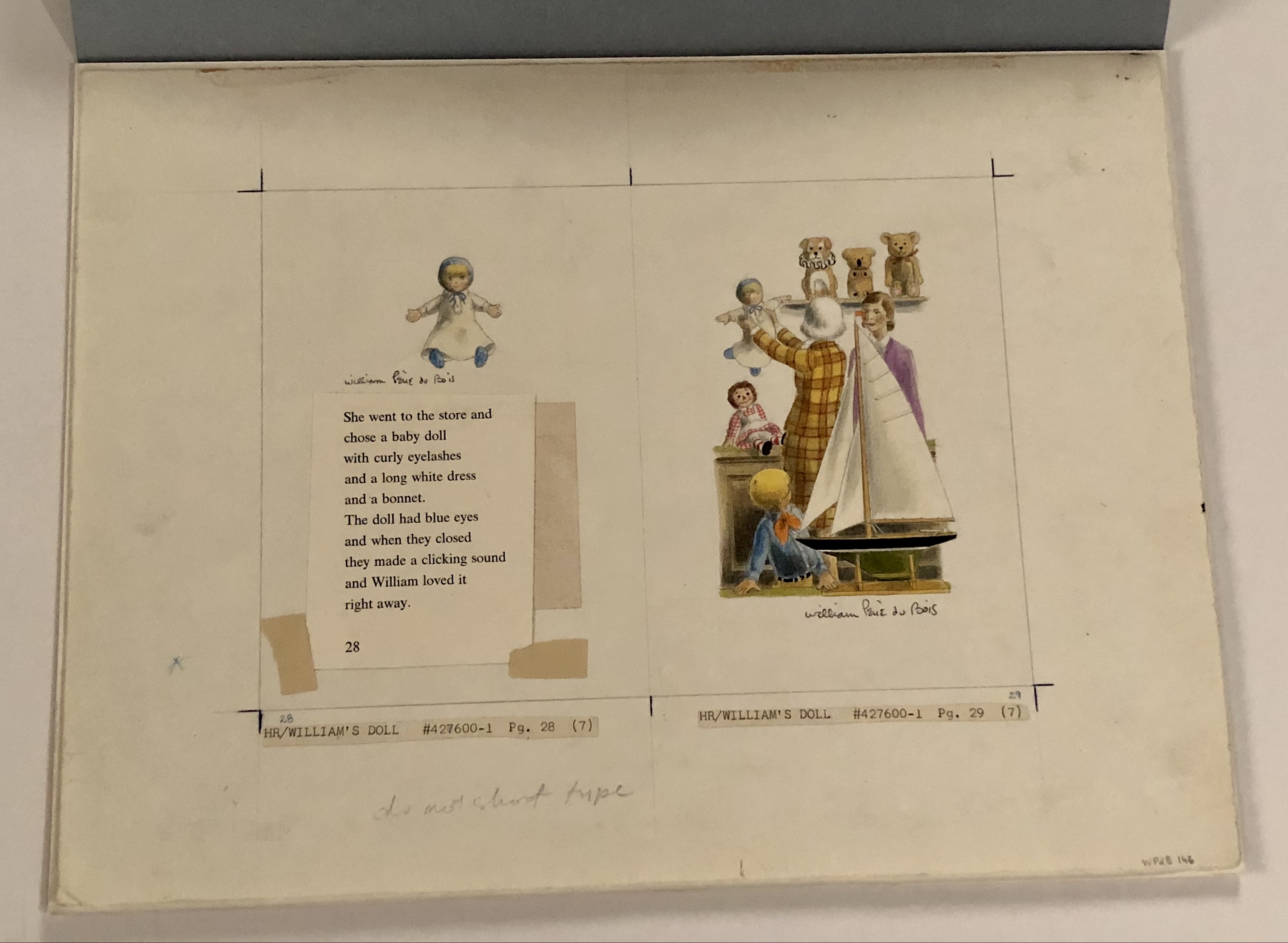
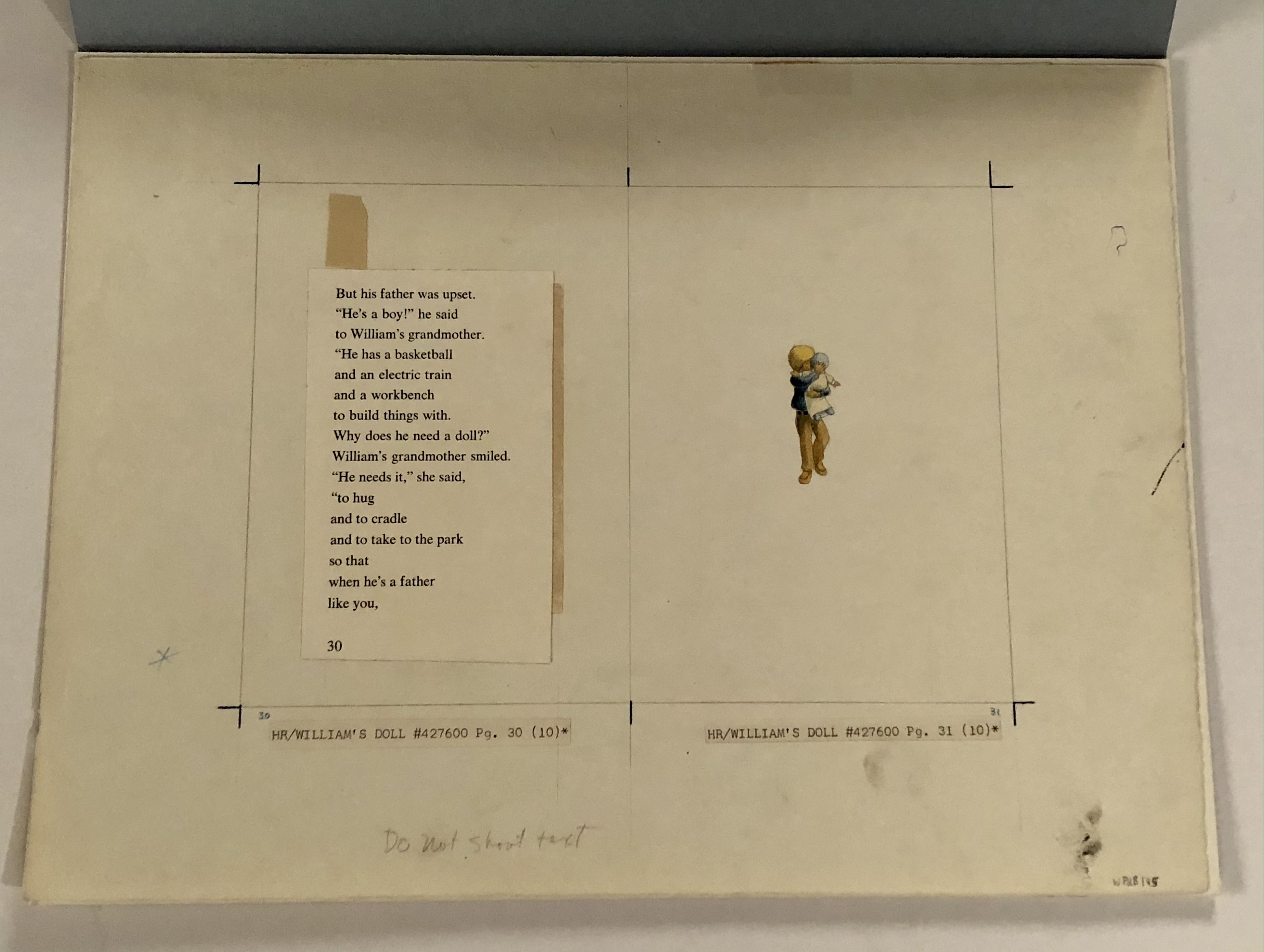
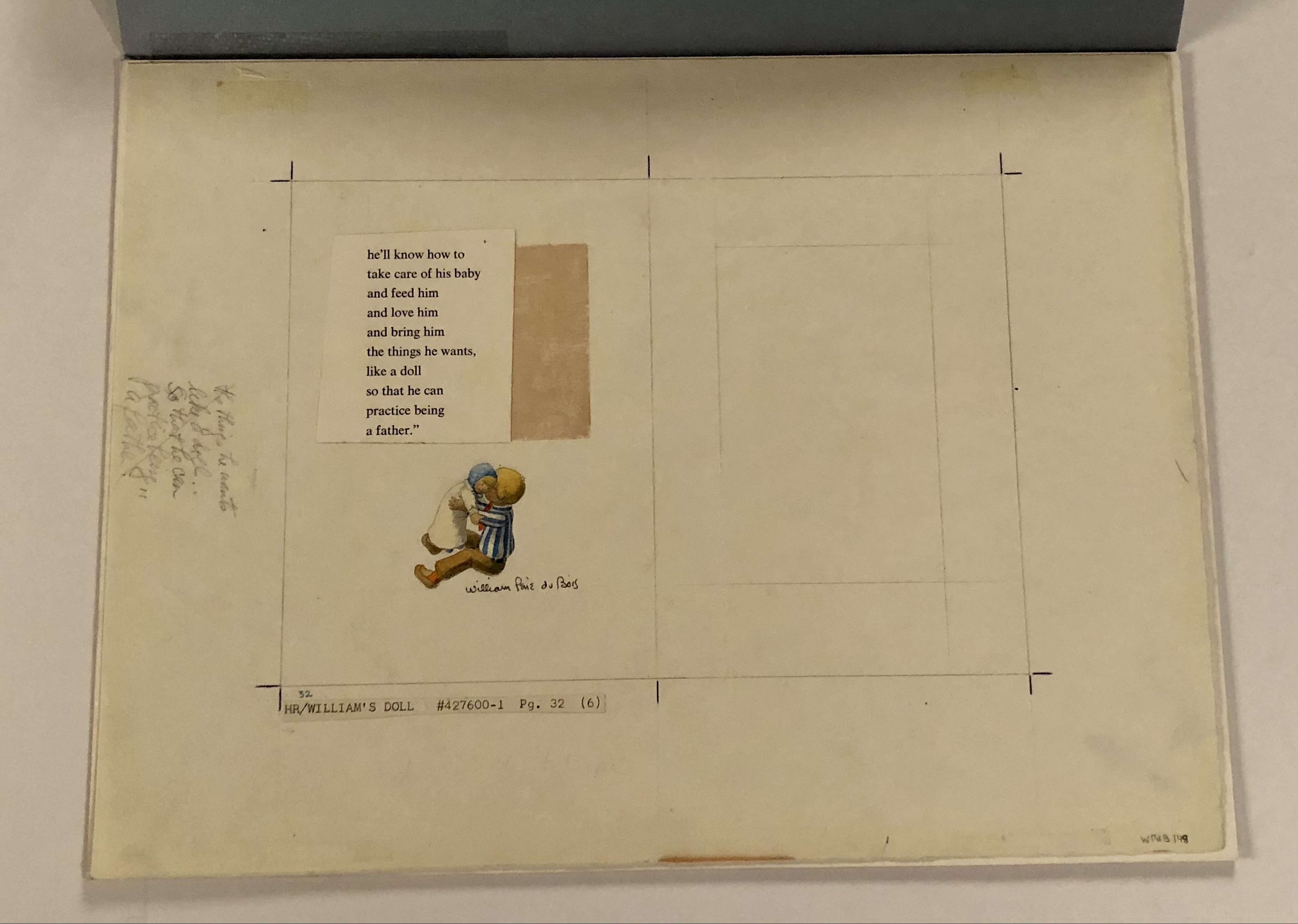
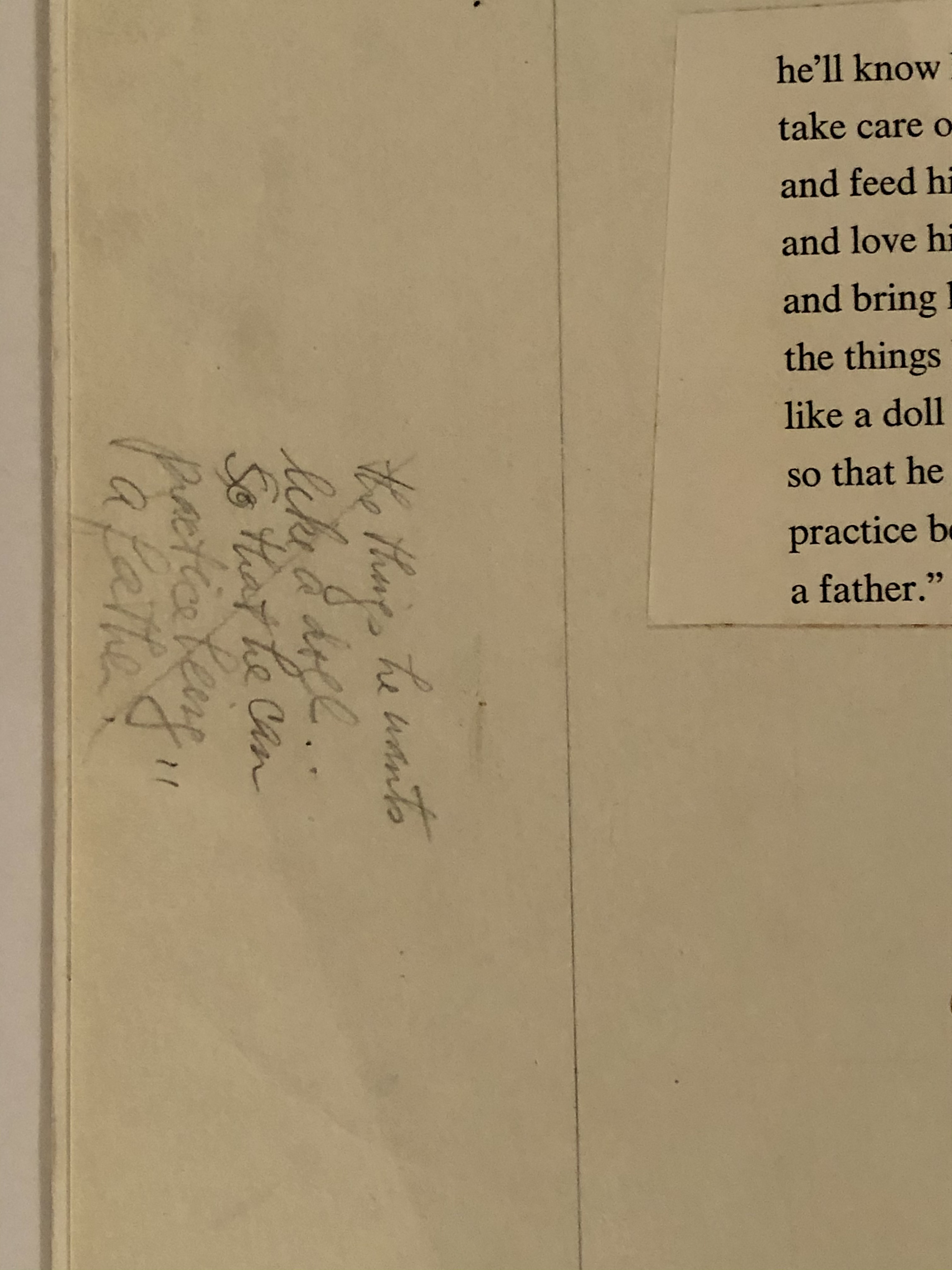








1 /
20






















Sale 2556 - Lot 33
Estimate: $ 4,000 - $ 6,000
WILLIAM PÈNE DU BOIS (1916-1993)
William's Doll. Together, 16 storyboard illustrations for an alternate cover and nearly complete interior pages of book of the same name by Charlotte Zolotow (New York: Harper & Row, 1972). Watercolor and graphite on paper, most with applied text. Image sizes vary, sheets each measure 275x375 mm; 11x14 3/4 inches. Several signed "William Pène du Bois" in image area. Hinged to boards with paper mattes, with the exception of the alternate cover sheet, which is loose. Lot excludes pages 18-19 and 26-27.
William's Doll. Together, 16 storyboard illustrations for an alternate cover and nearly complete interior pages of book of the same name by Charlotte Zolotow (New York: Harper & Row, 1972). Watercolor and graphite on paper, most with applied text. Image sizes vary, sheets each measure 275x375 mm; 11x14 3/4 inches. Several signed "William Pène du Bois" in image area. Hinged to boards with paper mattes, with the exception of the alternate cover sheet, which is loose. Lot excludes pages 18-19 and 26-27.
Condition note:
Graphtie indications and printer's notations within margins. All except alternate cover sheet are hinged to boards with blue paper mattes.
William's Doll was one of the first children's books to address nontraditional gender stereotypes and is commonly utilized by teachers in the classroom for lessons against intolerance and to introduce students to the concept of sex-stereotyping. The story follows a young boy who desperately desires a doll to care for, much to the chagrin of his father who insists on providing toys he deems more gender-appropriate, such as basketballs and train sets. While William enjoys these toys, he continues to wish for a doll, and endures the bullying of his brother and the neighborhood children who call him 'creepy' and label him a 'sissy.' Eventually, William's understanding grandmother buys him a doll with curly eyelashes, a long white dress, and a bonnet. When William's father objects, she explains, 'He needs it…to hug and to cradle and to take to the park so that when he's a father like you, he'll know how to take care of his baby…' (pages 31-32).
Pène du Bois' whimsical illustrations and beloved cast of characters made serious themes accessible and engaging for children. The American author and illustrator is among a select few who have been presented with both a Newbery Medal (for The Twenty-One Balloons, 1947) and Caldecott Honors (for Bear Party, 1951 and Lion, 1956). As both artist and author, Pène du Bois captivated generations of readers with his unique combination of humor and imagination.





